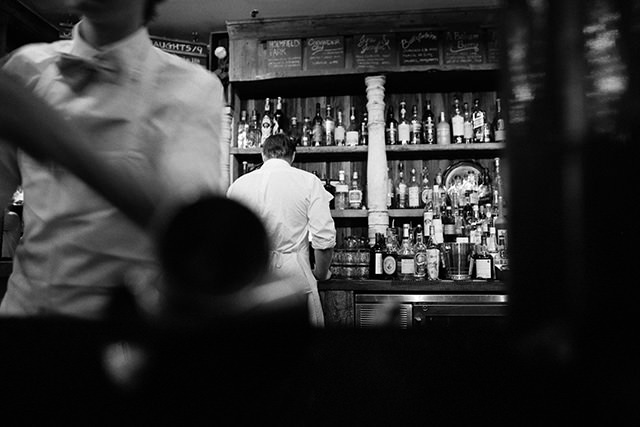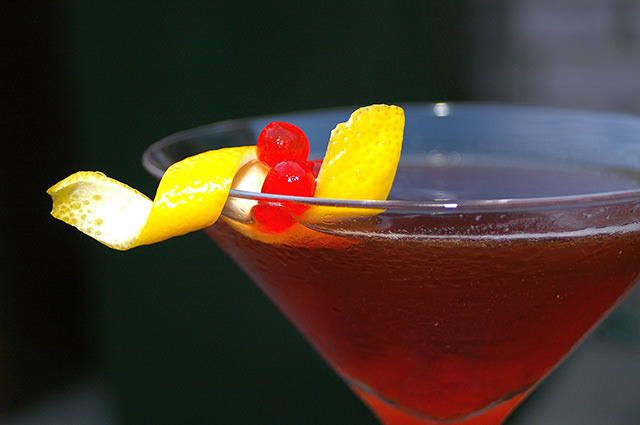Dating back to the early 18th century, the cocktail is a lot older than most people think. To illustrate this, an old fashioned is a 19th century term people used for a drink mixed in the old fashioned way.
Spirits historian David Wondrich claims the cocktail was invented by a British pharmacist sometime during the late 16th or the early 17th century in London.
He made and sold “medicinal” bitters recommending to mix them with brandy or wine. By the mid 1700’s mixtures of alcohol and bitters were a common sight and the rest is cocktail history.
Yet the history behind the word cocktail was, until now, quite contested. It was long believed that the word “cocktail” was an American invention. One story is that the word comes from the French word “coquetier”, meaning eggcup. A certain New Orleans pharmacist called Antoine Amédée Peychaud served his customers eggcups filled with a mixture of brandy and bitters. “Coquetier” became “cocktay” which later turned into cocktail.
Another theory holds that the name is derived from the term “cock tailings”. A practice of tavern owners combining the dregs or tailings of nearly empty barrels together. This mixture was then sold at bargain prices. This only makes sense if you know that the spigot of the barrel was sometimes referred to as “cock”, making the story sound rather forced and artificial.
Another French origin story claims the word comes from “coquetel” which was the name of a mixed drink from Bordeaux, brought over by French officers during the American Revolution.
The stories above are the more credulous one. A theory of doctors treating throat problems by applying a pleasant tasting medicine with the tip of a cock feather seems more folklore than reality. Another myth goes that English sailors, sometime in history, were served mixed drinks in Mexico. The drinks were stirred with a root called “cola de gallo” or cock’s tail. And then there’s something about an Aztec princess who either mixed a great Negroni or committed bestiality with chickens, I forgot which one.
No matter how fun or interesting these stories might seem they all seem to be untrue. Wondrich found several references in English newspapers dating from the late 18th century that mention the word “cock-tail” referring to alcoholic drinks made with ginger and pepper that cocks one’s tail, in other words a pepper-upper. The term “cock-tail” is simply a horse breeding analogy. To impress potential buyers breeders used to put a piece of ginger up their horses’ backsides to make them look lively. Thus a boosting drink containing ginger and pepper was quickly referred to as a cocktail.
Wondrich continues saying that the recipe crossed the Atlantic and that somewhere, sometime the pepper and ginger got switched by bitters. Yet it’s unsure when or where that happened, making his theory not entirely unshakable yet the most plausible of all of them.
Cheers.
[Article by Alexander Eeckhout]



 0
0